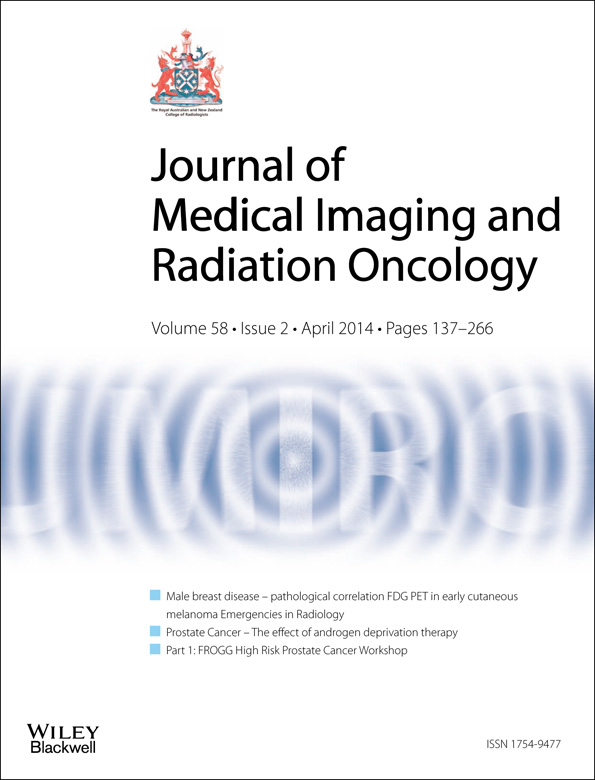MRI scans significantly change target coverage decisions in radical radiotherapy for prostate cancer
Abstract
Introduction
Conventional clinical staging for prostate cancer has many limitations. This study evaluates the impact of adding MRI scans to conventional clinical staging for guiding decisions about radiotherapy target coverage.
Methods
This was a retrospective review of 115 patients who were treated between February 2002 and September 2005 with radical radiotherapy for prostate cancer. All patients had MRI scans approximately 2 weeks before the initiation of radiotherapy. The T stage was assessed by both conventional clinical methods (cT-staging) as well as by MRI (mT-staging). The radiotherapy target volumes were determined first based on cT-staging and then taking the additional mT staging into account. The number of times extracapsular extension or seminal vesicle invasion was incorporated into target volumes was quantified based on both cT-staging and the additional mT-staging.
Results
Extracapsular extension was incorporated into target volumes significantly more often with the addition of mT-staging (46 patients (40%) ) compared with cT-staging alone (37 patients (32%) ) (P = 0.002). Seminal vesicle invasion was incorporated into target volumes significantly more often with the addition of mT-staging (21 patients (18%) ) compared with cT-staging alone (three patients (3%) ) (P < 0.001). A total of 23 patients (20%) had changes to their target coverage based on the mT-staging.
Conclusions
MRI scans can significantly change decisions about target coverage in radical radiotherapy for prostate cancer.




